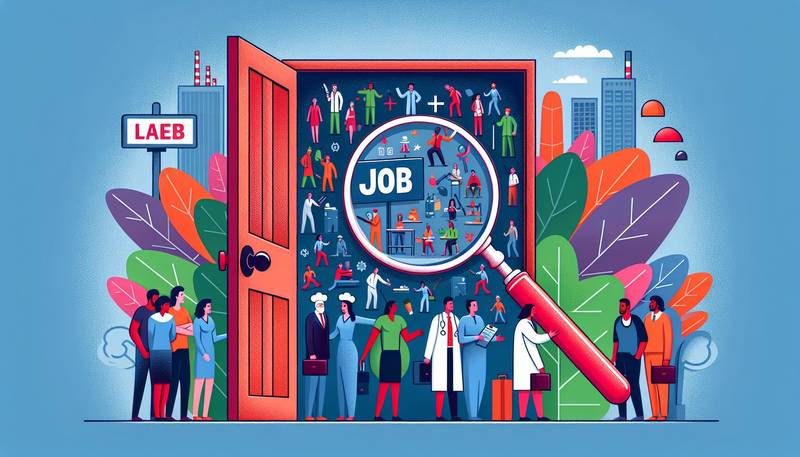Addressing Employment Gaps in Your Resume
However, if you have gaps in your employment history, it can be challenging to convey your qualifications effectively. Whether you took time off to travel, care for a family member, pursue further education, or experienced a period of unemployment, addressing these employment gaps in your resume is essential to present yourself in the best light possible.
Acknowledge the Gap
The first step in addressing employment gaps in your resume is to acknowledge them upfront. Avoiding the issue or trying to hide the gap may raise red flags for potential employers. Instead, be transparent about the reasons for the gap and incorporate them into your resume in a straightforward manner. This demonstrates honesty and integrity, which are valued traits in any candidate.
Use a Functional Resume Format
If you have significant gaps in your employment history, consider using a functional resume format instead of the traditional chronological format. A functional resume allows you to emphasize your skills, experiences, and accomplishments without focusing as much on specific dates. This can help shift the attention away from the gaps and highlight your qualifications for the position.
Fill the Gap with Relevant Experience
During periods of unemployment, you may have engaged in volunteer work, freelance projects, consulting gigs, or pursued additional education or training. Include these experiences on your resume to fill in the gaps and demonstrate your continued commitment to professional development. Highlight any relevant skills or accomplishments from these activities that are applicable to the job you are applying for.
Focus on Transferable Skills
When addressing employment gaps in your resume, focus on transferable skills that are relevant to the position you are seeking. Highlight skills such as communication, problem-solving, leadership, and project management that are valuable across various industries and roles. This can show potential employers that you have maintained and developed your skills during the gap period.
Be Strategic with Dates
If the employment gap is relatively short, consider using only years instead of months on your resume to downplay the duration of the gap. For longer gaps, you can use a combination of years (e.g., 2018-2020) to show a range of time without specifying exact start and end dates. This can help mitigate concerns about the duration of the gap.
Address the Gap in Your Cover Letter
Your cover letter is another opportunity to address any employment gaps and provide context for them. Use this space to briefly explain the reasons for the gap, what you were doing during that time, and how it has contributed to your personal and professional growth. Be positive and proactive in framing the gap as a learning experience that has prepared you for the role you are applying for.
Seek Professional Help
If you are struggling to address employment gaps in your resume effectively, consider seeking help from a professional resume writer or career coach. They can provide valuable insights, guidance, and strategies for presenting your experience in the best possible light. Working with a professional can give you the confidence and tools you need to overcome any challenges related to employment gaps.
In conclusion, addressing employment gaps in your resume requires transparency, strategic formatting, and a focus on relevant experiences and skills. By acknowledging the gap, using a functional resume format, filling the gap with relevant activities, highlighting transferable skills, being strategic with dates, addressing the gap in your cover letter, and seeking professional help if needed, you can present yourself as a strong and qualified candidate despite any periods of unemployment. Remember that everyone's career journey is unique, and addressing employment gaps with honesty and confidence can set you apart as a resilient and adaptable professional.











